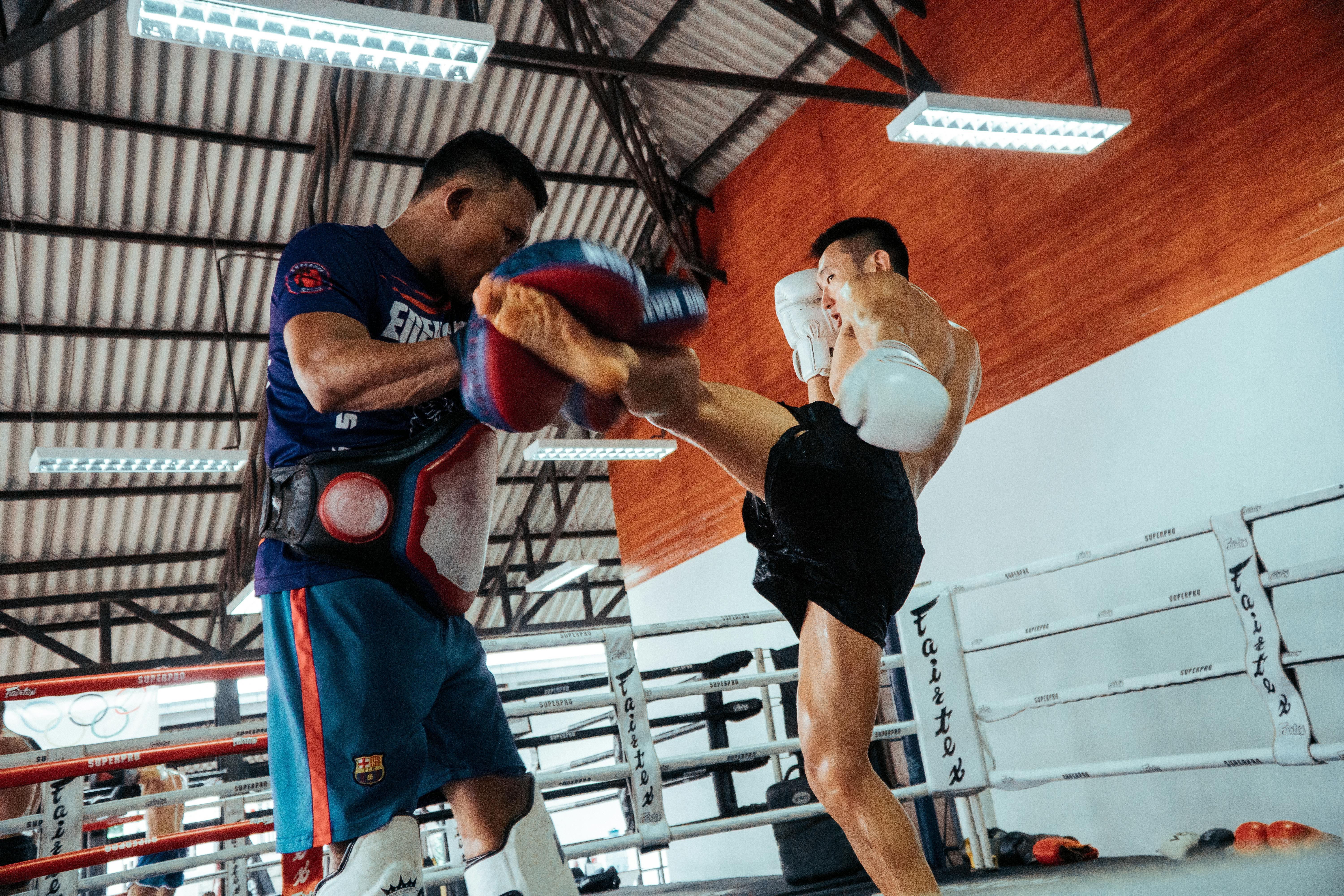The Intricate Dance of Mixed Martial Arts: A Journey Through its History, Methodology, and Impact
Every sport has a story, a fascinating narrative that delves into its history, methodologies, and the impact it has on society. This narrative is especially riveting when we examine the world of Mixed Martial Arts (MMA). With roots embedded deeply in various cultures and its explosive growth in the modern era, MMA offers a captivating exploration of human strength, agility, and strategy.

A Brief History
Mixed Martial Arts, as we know it today, is a relatively new phenomenon. However, its origins trace back to ancient times. The Greeks introduced Pankration, a form of unarmed combat, in the Olympic Games as early as 688 BC. It was a brutal sport, combining wrestling and boxing techniques.
In the East, a similar blend of martial arts was evolving. The Chinese integrated various disciplines in a sport called Leitai, while in Japan, Samurai warriors trained in multiple martial arts to enhance their battlefield skills.
The modern form of MMA we know today began to take shape in the 20th century. The most significant catalyst was the Ultimate Fighting Championship (UFC) founded in 1993. Initially promoted as a competition to determine the most effective martial arts for real unarmed combat, it has since evolved into a sport with a defined set of rules, attracting athletes from around the globe.
The Science Behind MMA
The essence of MMA lies in the seamless integration of various martial arts disciplines—each with its unique benefits and challenges. It merges the striking techniques of boxing and Muay Thai with the grappling and ground-fight strategies of Brazilian Jiu-Jitsu and wrestling.
This fusion demands a high degree of physical fitness, agility, and mental toughness. MMA athletes undergo rigorous training regimes, focusing on cardiovascular endurance, muscular strength, flexibility, and reaction time. Additionally, they must master the tactical aspects of the sport—understanding when to strike, grapple, or adopt defensive positions.
The Influence of MMA
The impact of MMA extends beyond the octagon. It has influenced fitness trends worldwide, with MMA-inspired workouts becoming increasingly popular. These workouts aim to replicate the physical demands of an MMA fight, providing a full-body, high-intensity regime that improves strength, endurance, and flexibility.
But perhaps the most profound influence of MMA is its role in breaking cultural and gender stereotypes. In a sport once dominated by men, women are now taking center stage. Fighters like Ronda Rousey and Amanda Nunes have demonstrated that skill, determination, and resilience are not confined to gender, inspiring a new generation of female athletes.
The Future of MMA
The future of MMA looks promising. With its increasing global popularity, MMA is likely to continue influencing fitness trends, athlete training methods, and societal perceptions of strength and resilience. As we move forward, we can anticipate more breakthroughs, more inspiring athletes, and an even broader acceptance of this captivating sport.
The Power and Beauty of MMA
In conclusion, Mixed Martial Arts is more than just a sport—it’s a testament to human strength, resilience, and strategic prowess. Its rich history, intricate methodologies, and broad societal impact make it a fascinating subject of study. As MMA continues to evolve and grow, it will undoubtedly continue to captivate and inspire us all.




